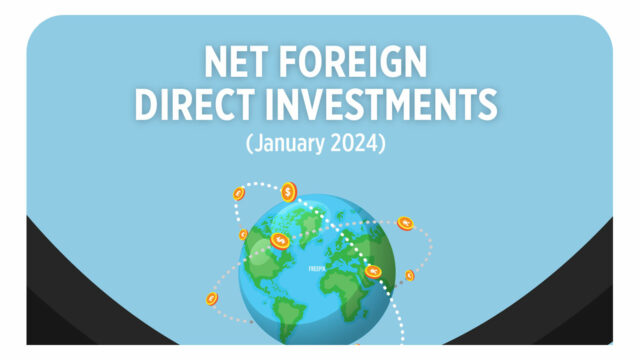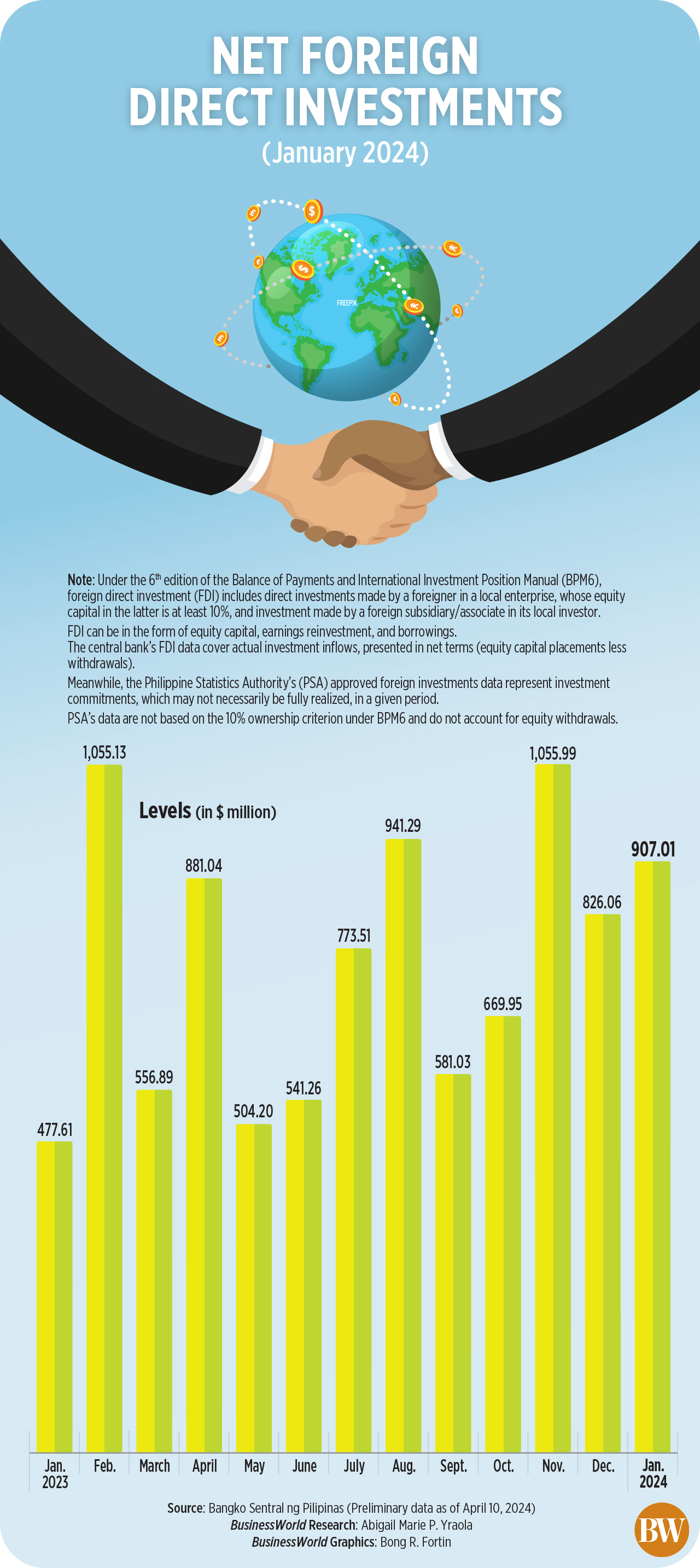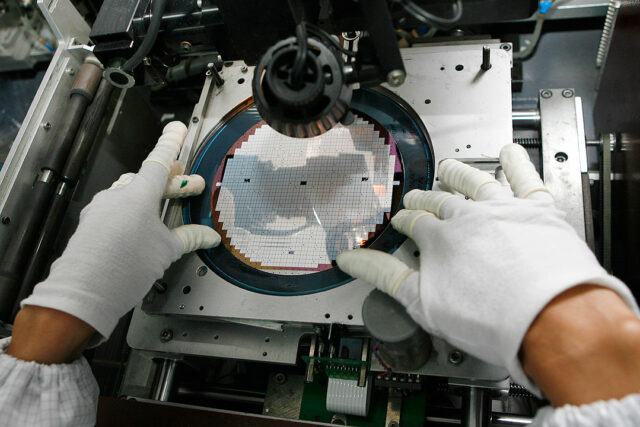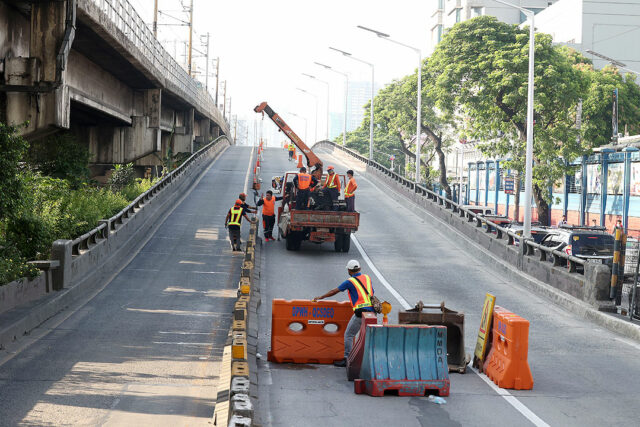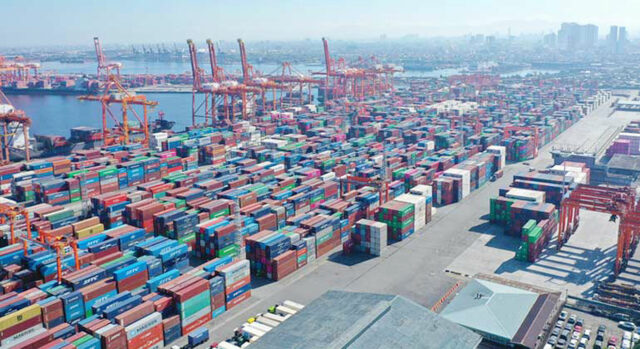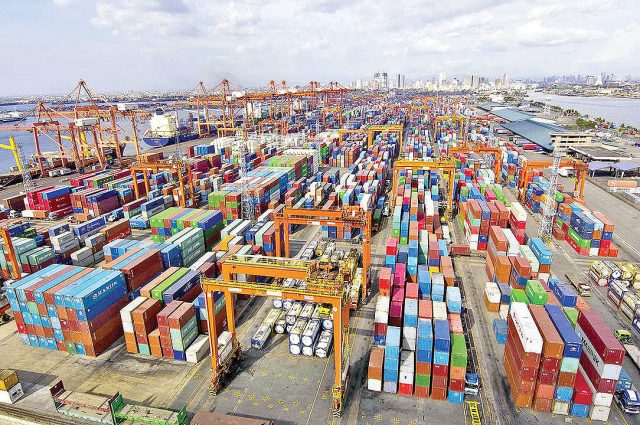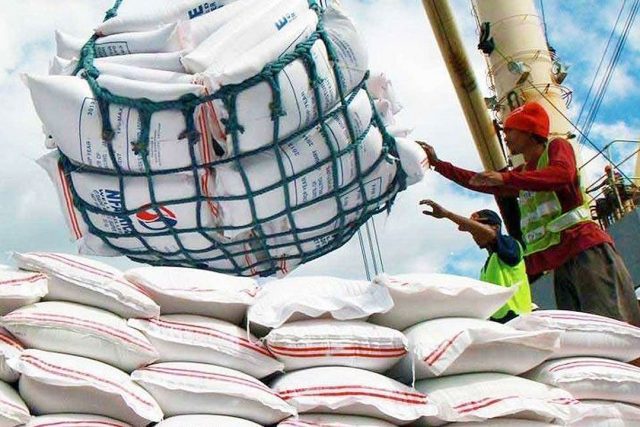Google’s contemplated mega deal would prompt new fight with regulators
GOOGLE parent Alphabet’s contemplated acquisition of marketing software company HubSpot would likely spark opposition from regulators even as many experts agree it would not curb competition, and would require the technology giant to open a new front in its battle with antitrust watchdogs.
Reuters reported last week that Google was mulling an offer for HubSpot, which has a market value of $34 billion. Google has been weighing the antitrust risks of a potential deal and has yet to decide if it will make an offer.
Nearly a dozen antitrust experts and industry analysts said in interviews and analyst notes that it was unlikely that an acquisition by Google would hamper competition.
They said this is because the so-called customer relationship management (CRM) software sector in which HubSpot operates is already served by several major players, including Salesforce, Adobe, Microsoft, and Oracle. Google does not compete in CRM, and the acquisition could make HubSpot a more formidable player thanks to Google’s cloud-computing resources, improving offerings and prices for customers, they added.
According to technology researcher Gartner, HubSpot, which focuses on smaller customers, had a 4.9% market share in 2022 in the CRM marketing software industry, while Salesforce and Adobe each held a 15% share.
Yet these experts also said it is very likely that a Google deal for HubSpot would trigger challenges from US and European antitrust regulators, given their growing aversion to technology giants getting bigger through acquisitions.
They added that Google would have to be willing to argue for the merits of the deal in a long court battle, and would need to convince HubSpot to do the same.
“My initial reaction is such a deal would face a pretty tough reception from the antitrust regulators,” said Seth Bloom, a former general counsel of the US Senate antitrust subcommittee who now runs his own advisory firm.
Google and HubSpot did not respond to requests for comment.
Google already faces several antitrust challenges, including two lawsuits from the US Department of Justice. One accuses it of abusing its position as online search leader, while the other alleges it is monopolizing the market for digital advertising.
A Department of Justice spokesperson did not immediately respond to a request for comment.
The regulatory terrain for Google is also hostile in Europe. It is among technology firms probed by the European Union (EU) for potential breaches of the new Digital Markets Act, a directive that makes it easier for people to move between competing online services like social media platforms, internet browsers, and app stores.
“This transaction has not been formally notified to the Commission. If a transaction constitutes a concentration and has an EU dimension, it is always up to the companies to notify it to the Commission,” said a spokesperson for the European Commission, the EU’s executive arm, which has fined Google in the past for anticompetitive practices in online search.
CASH PILE
The intensity of the antitrust scrutiny has dissuaded most technology giants from pursuing mega deals. The last major acquisition completed was Microsoft’s $69-billion deal to buy Call of Duty maker Activision Blizzard, which the maker of the Xbox console managed to get past Britain’s regulators only after it agreed to give up streaming rights for Activision’s games.
In December, Adobe shelved its $20 billion deal for cloud-based designer platform Figma, citing “no clear path” for antitrust approvals in Europe and Britain. The regulators fretted about the ability of Figma’s smaller rivals to compete.
Prior to its HubSpot deliberations, Google had steered clear of large acquisitions. Its biggest-ever deal, the purchase of Motorola Mobility for $12.5 billion, came more than a decade ago. It has kept its dealmaking small, showing an affinity toward acquisitions in advertising with purchases such as DoubleClick and AdMob.
What has pushed Google toward a big deal is its swelling cash pile of $110 billion and the need to better deploy capital to generate returns. While it is investing heavily in artificial intelligence like its peers, its shareholder returns have lagged those of other players in this space such as Microsoft and Meta Platforms over the last few months.
William Kovacic, an antitrust professor at George Washington University Law School, said Google’s dominance in online search tainted it in the eyes of regulators even in areas where the company does not compete, such as CRM software.
“If you slam the door shut on mergers that could permit a nonparticipant or a weaker participant to get a bigger foothold in the market, you’ve withdrawn an important potential source of rivalry in the market,” Mr. Kovacic said. — Reuters




